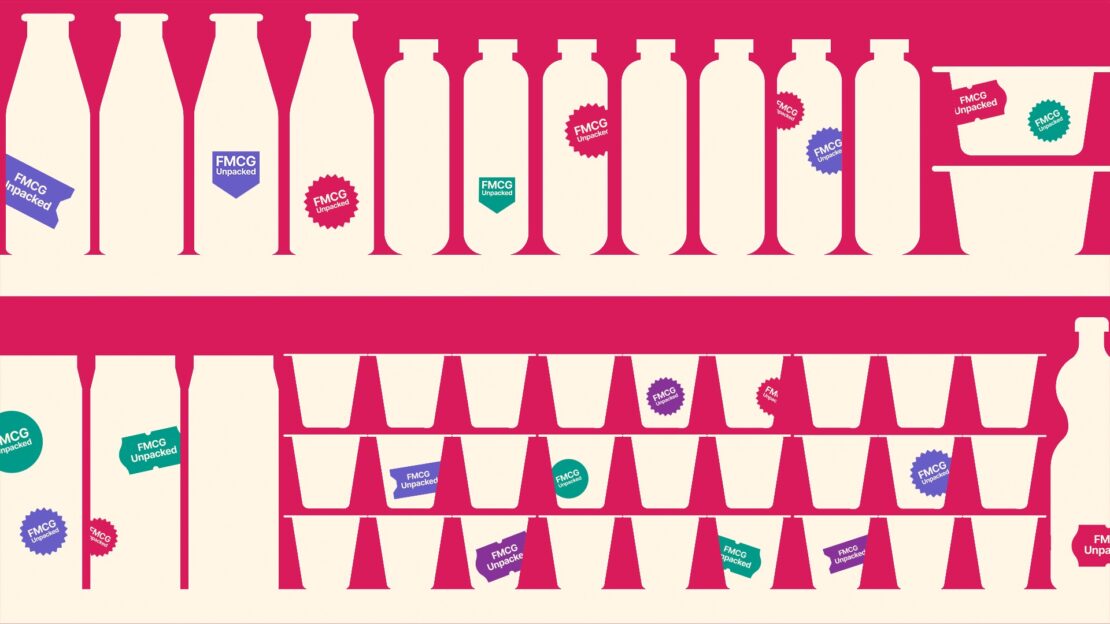Fit for 55 2.0: new building blocks to support the EU’s climate ambitions
Oktober 6th, 2023
Grayling Brussels explores the second instalment of the Fit for 55 package put forward by the European Commission on 14 and 15 December. What are the main proposals and how will they impact business?
The Green Deal strikes back: ten days before Christmas Eve, the European Commission followed up its 12 proposals from July 2021 with 8 new initiatives and 4 communications on energy, transport, and the environment. Although the proposal are primarily revisions of existing rules, the package also contains new legislation on methane emissions in the energy sector.
As the name implies, the Fit for 55 package intends to bring the EU’s regulatory framework in line with the intermediate emissions reduction target of 55% by 2030 on the path to climate neutrality by mid-century. The targets themselves were made binding by the European Climate Law earlier this year.
What is included in the second instalment?
The legislative package will have far reaching implications for sectors throughout the EU economy., particularly on the energy and transport sectors.
Energy
By proposing the Energy Performance of Buildings Directive, the European Commission makes its move to decarbonise the single largest energy consuming sector in Europe. The proposed framework sets new targets for renovating the least energy efficient buildings across the EU as well as phases out subsidies for fossil fuel powered boilers by 2027. The second major focus in the energy sector is the EU gas market, for which the Commission proposes the new Energy Package for Gas to support the uptake of decarbonised gases (including an end to long-term fossil fuel contracts by 2049) and mandatory mitigation measures in the EU Methane Regulation.
Transport
As core elements to the Trans-European Transport Network (TEN-T) Regulation revision, the Commission is proposing new requirements for the deployment of electric vehicle charging infrastructure across the core infrastructure network. Importantly, the Commission is also looking to connect major airports with high-speed rail connections to foster multimodal travel. In addition, the Commission puts forward a revision for the Intelligent Transport Systems Directive to lay down the foundations for automated mobility and improve multimodal ticketing.
Climate
The requests the Council of the European Union to adopt a draft recommendation on the just transition, which aims to provide guidance to national governments on a fair and inclusive transition to a decarbonised economy. This would include equal access to training opportunities and support to affordable housing renovations. Furthermore, the Commission puts forward a strategy on sustainable carbon cycles, which sets a plan for carbon removal certification in the EU.
Challenges ahead
As with the July tranche, the primary challenge is to ensure that the level of climate ambition in these new rules is indeed fit for the 55% emissions reductions target for 2030 and also aligned with the long-term objectives of the Paris Agreement. The earlier proposals on issues such as new Emissions Trading System (ETS) rules and sustainability targets for alternative fuels have already been subjected to intense political debates, and the situation is not going to be any different this time around. It will not be easy to reach a compromise that is both environmentally sufficient and politically feasible in all 27 Member States.
Second, as the Fit for 55 regulatory overhaul grows, it will be increasingly difficult to maintain consistency across the 20-odd initiatives. Many of the proposals are closely interlinked and need to impose mutually coherent rules to foster a successful transition to 55% emission reductions. As different files are dealt with different policymakers from various industry, environment, and transport committees and working groups, it becomes important for the stakeholders to keep track of the legislative processes.
Third, the overarching focus on cross-border energy and transport infrastructure, mainly gas pipelines and roads, are likely to cause significant headaches in the Council regarding their cross-border nature and the region-specific needs of various Member States. The pan-European projects are at the heart of delivering the European Green Deal, but differences between the Member States’ dependency on natural gas, average age of building stock, or use of travel modes are all potential sparks for heated debates between the capitals.
Combined, these legislative challenges are a source of uncertainty in the European business environment at least for the remainder of this European Parliamentary term (until Mau 2024). There is also uncertainty on the timing of the legislative procedure in the Council, as France’s EU Council Presidency (Q1-Q2 2022) will inevitably be preoccupied with the French presidential elections in the spring. At the same time, competition over the ownership of the new files between European Parliament committees and political groups will add to the unpredictability in early 2022.
Managing stakeholders’ expectations, a balancing act
The new proposals were met with mixed reviews. For instance, while the new methane mitigation initiative was commended for its binding rules on measurement and leakage detection, it was simultaneously criticised for failing to take the upstream emissions of imported gas and oil sufficiently into account. According to the Environmental Defense Fund, this means that the proposal does not cover the production emissions of around 85% of the gas consumed in the Single Market.
Similarly, the Commission was for example faulted for sending mixed signals on the future fossil fuel heating systems in buildings. On the other hand, stakeholders also praised the higher targets for electric vehicle charging infrastructure and the introduction of the Minimum Energy Performance Standards (MEPS) for the entire European building stock.
Ultimately, the policymakers will need to rely on the sectoral expertise of stakeholders to determine the ways to enact fit-for-purpose legislation. As we enter the new year, business must make plans to push for this exchange with the right policymakers with influence over the right regulations.
Get in touch with us (EU.energy@grayling.com) and follow the conversation on the Fit for 55 package on Twitter @TheEULobby

